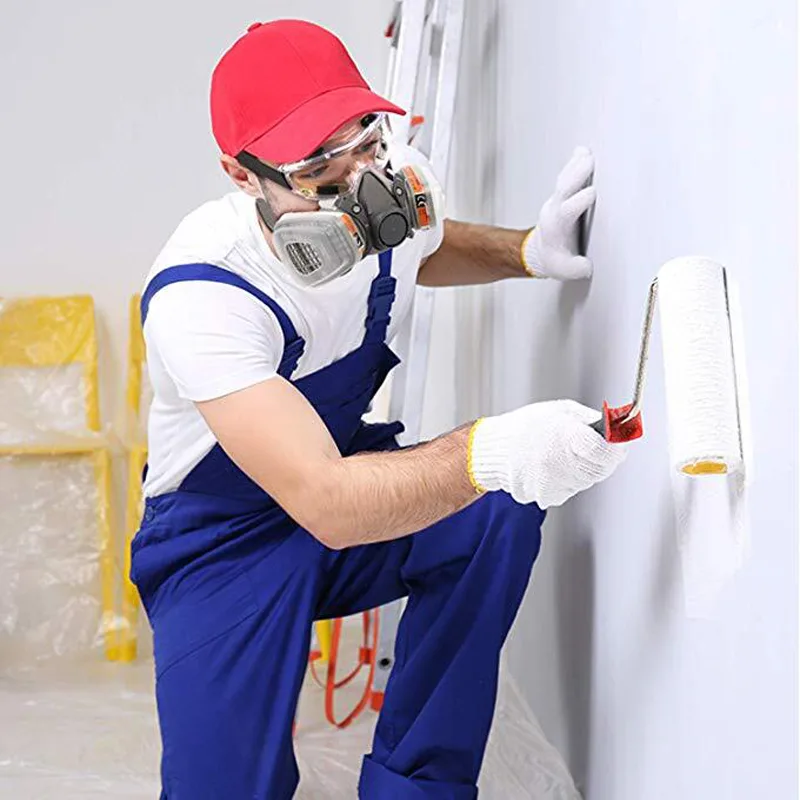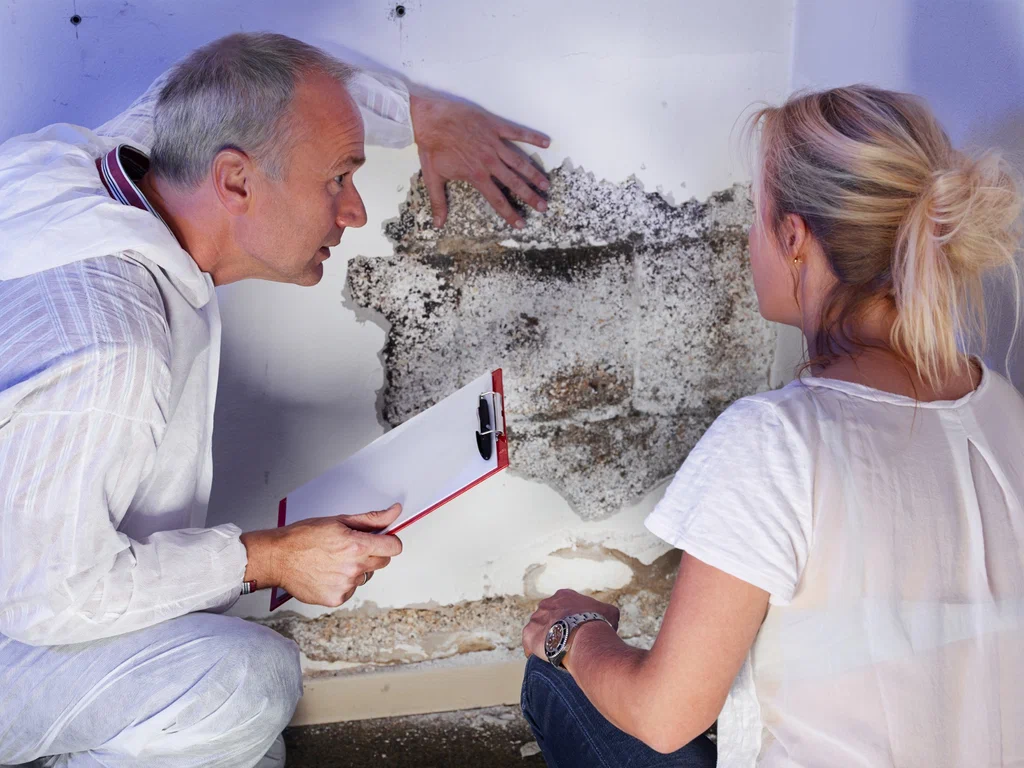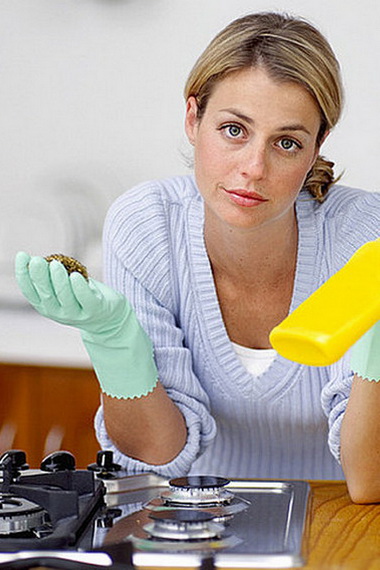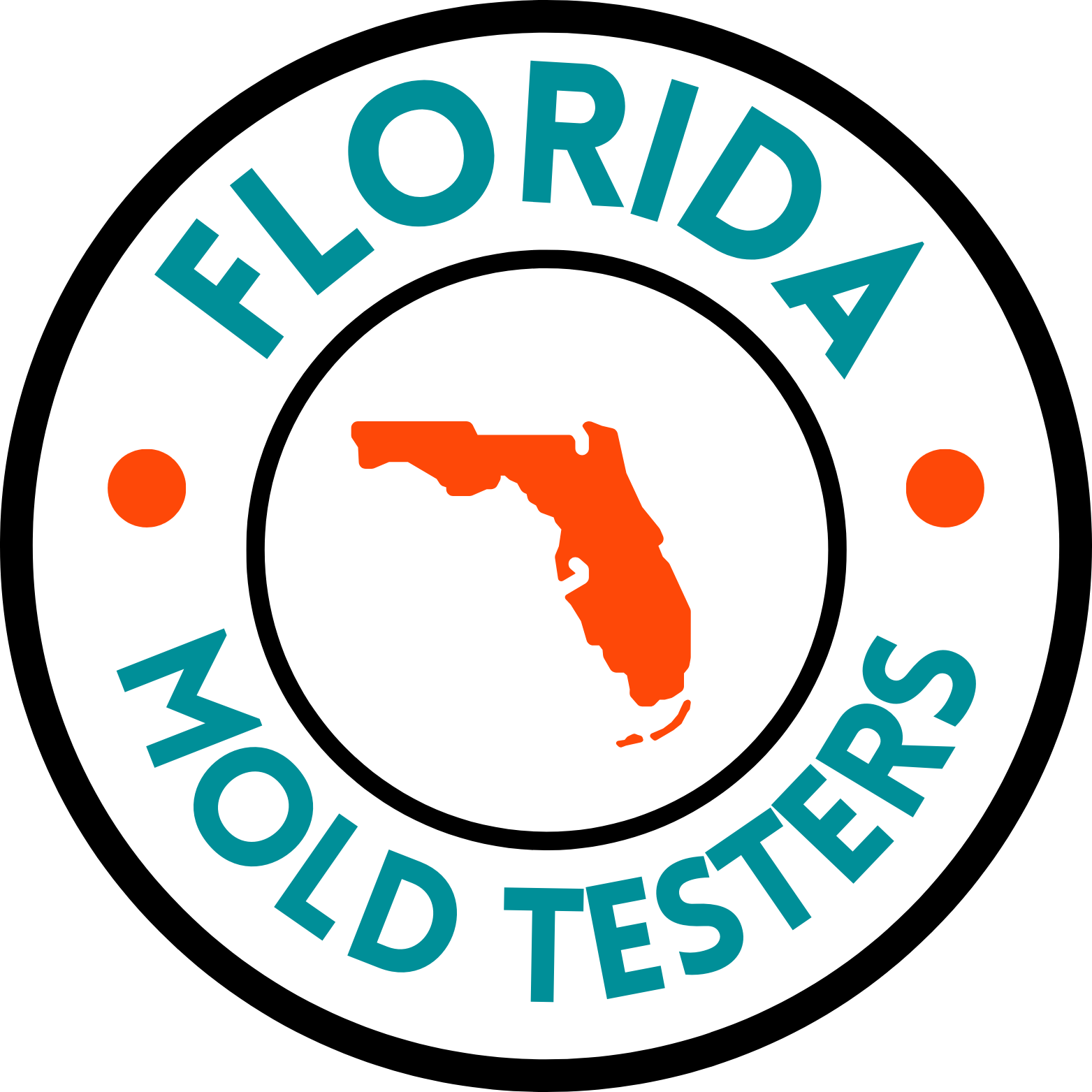Menu
Surface Mold Testing

Mold is one of the most notorious fungal infections worldwide. It grows in hot, humid, and damp surroundings. When present in small concentrations, it does not cause any damage. However, when mold concentration increases beyond the standard, it becomes hazardous. Mold damage can be seen in the form of health issues, structural damage, and poor indoor air quality. Professionals use multiple techniques to examine mold contamination and find mold remediation solutions.
Florida Mold Testers LLC provides surface mold testing, allowing professionals to find solutions for mold identification, mold type, and intensity of mold damage.

What is Surface Mold Testing?
Surface mold testing is the process in which professional mold testers take samples of visible mold growing on the surface and inspect it using advanced technology. This diagnostic test is used to determine the type of mold and its concentration. This mold testing is best used when mold signs are prevalent, including pigmentation, staining, and fuzziness on the surface. Most commonly, such mold appears on ceilings, walls, furniture, clothes, or other such material. Moreover, professionals also perform this test post-remediation to ensure the surfaces are mold-free.
Difference between air mold testing and surface mold testing
Florida Mold Testers LLC’s team of experts believes that everyone deserves access to clean, healthy indoor air. We perform several steps and deep inspection processes to make everything work smoothly. We also follow expert testing to target the mold in your area. Let us schedule an inspection and take the first step toward breathing cleaner, healthier air in your home or business. If you want to improve your indoor air quality, then take a closer look at Florida Mold Testers LLC’s testing process. Each test has a unique impact on our environment and serves different benefits!

Why is Surface Mold Testing Needed?
There are many reasons for mold testing, some of which are given below.
- Health Issues
The high intensity of mold spores can cause respiratory problems, allergy issues, and other health problems. Mold is especially bad for asthma, a poor immune system, and allergic reactions.
- Property Damage
Mold can damage your property by harming the surface on which it resides. It is crucial to detect mold early to prevent hefty damages and costly repairs.
- Correct Diagnosis
Many airborne infecting agents surround us. Not all damage is caused by molds. Surface mold testing allows for proper diagnosis and targeted remodification.
- Part of the Remediation Process
Mold remediation requires adequate inspection. Surface mold testing allows for the perfect evaluation of visible mold, resulting in the best remediation solutions.
Methods of Surface Mold Testing
Multiple techniques exist for surface mold testing. The two key techniques are swab sampling and tape lift sampling. Moreover, bulk sampling is sometimes used for a more in-depth analysis.
Swab Samples
When mold is present on the surface, swab sampling is an
effective method of finding a solution. Swab sampling requires
the use of a sterile swab to collect mold from the surface. The
technicians used a synthetic swab moistened with a sterile
solution to wipe the suspected mold areas. The swab captures
mold spores and particles analyzed under laboratory conditions.
A swab test is ideal when mold spores are less irregular on the
surface
Tape Lift Sampling
Tape lift sampling uses adhesive tape to capture mold from a
surface. A piece of transparent tape is placed on the surface
where mold growth is suspected, and the tape is placed against
the surface where mold is suspected. The material on the tape is
moved for microscopic examination on a slide or container in the
laboratory to find details about the mold damage. This method is
best for smooth, flat surfaces like walls, tiles, or glass.
Bulk Sampling
Another option is bulk sampling, which entails removing a
physical piece of the material where mold damage is suspected.
In this method, you remove a section of drywall, wood, carpet, or
other affected surfaces. This method is best when mold is seen
as deeply penetrated in samples.

When do I need Surface Mold Testing?
Here are some times when you can use surface mold testing:
- When there is a noticeable mold that needs to be identified.
- Assess the likelihood of mold growth following water damage or flooding.
- After remediation, ensure that the mold has been effectively eradicated.
- During property purchases, make sure the building is mold-free.
- When residents exhibit inexplicable health issues that may be due to mold exposure.
The Role of Professionals
Usually, people follow DIY videos and techniques to clean mold, but there are better solutions than this. Mold remediation calls for professional advice. Surface mold testing is conducted by professional mold inspectors, who follow all the protocols to find the reasons behind mold growth and find solutions. Florida Mold Testers have professional expertise in sample collection and finding solutions accordingly.
The Role of Professionals
Conclusion
Mold damage requires immediate solutions, such as professional mold remediation solutions like surface mold testing. If you are looking for professional advice, call now. We will be happy to help with our professional mold remediation services.
